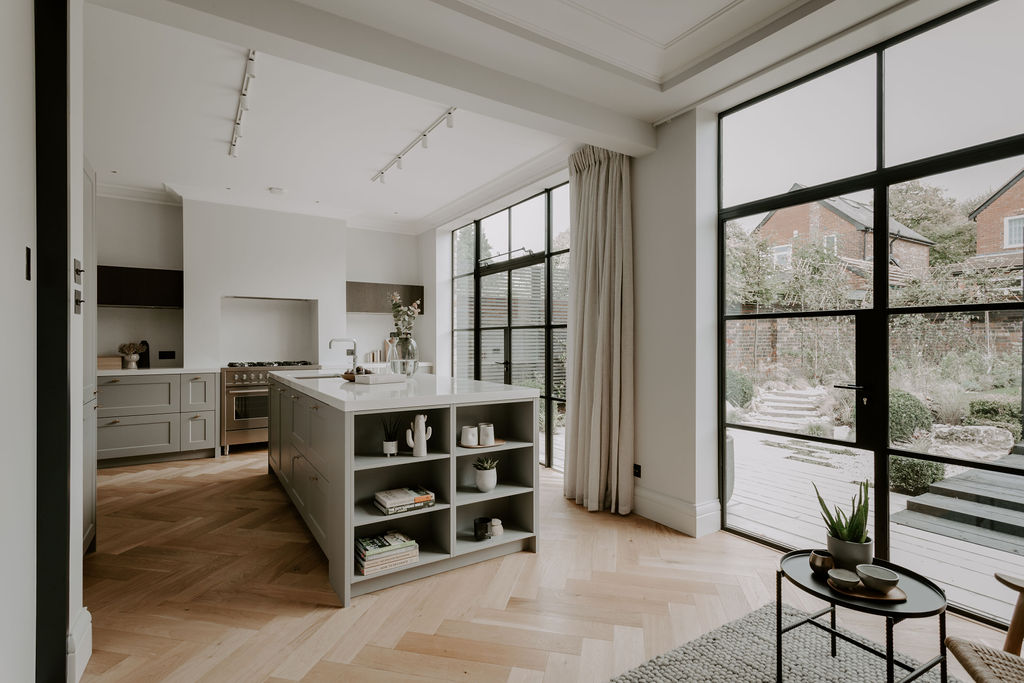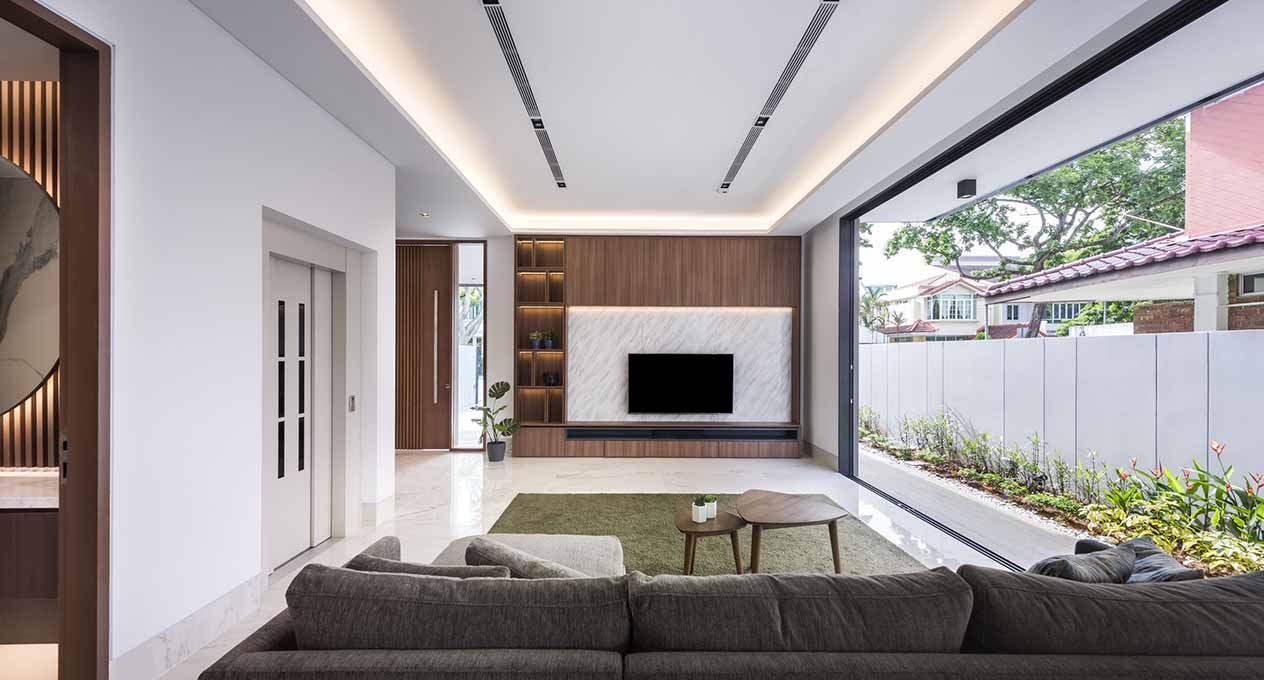Work with a Premium Home Designer to Build a Timeless Masterpiece
The Art of Balance: Just How Interior Design and Home Designer Collaborate for Stunning Results
In the realm of home layout, striking an equilibrium in between aesthetics and capability is no little feat. This delicate stability is attained with the unified partnership between interior designers and architects, each bringing their distinct experience to the table. Keep with us as we check out the complexities of this collaborative process and its transformative effect on home design.
Comprehending the Core Distinctions Between Inside Layout and Home Design
While both Interior Design and home design play essential duties in creating aesthetically pleasing and useful spaces, they are inherently different self-controls. Home architecture largely concentrates on the architectural elements of the home, such as constructing codes, safety and security regulations, and the physical construction of the room. It deals with the 'bones' of the structure, dealing with spatial measurements, load-bearing wall surfaces, and roofing system layouts. On the other hand, Interior Design is extra worried with enhancing the sensory and aesthetic experience within that structure. It includes selecting and organizing furniture, selecting color pattern, and incorporating attractive components. While they work in tandem, their functions, responsibilities, and locations of expertise split substantially in the production of an unified home setting.
The Synergy In Between Home Design and Interior Style
The synergy between home style and Interior Design hinges on a common vision of design and the enhancement of functional aesthetic appeals. When these two areas align harmoniously, they can change a home from average to remarkable. This partnership needs a much deeper understanding of each discipline's principles and the ability to produce a natural, cosmetically pleasing atmosphere.
Unifying Design Vision
Unifying the vision for home style and Interior Design can develop a harmonious space that is both functional and visually pleasing. The balance begins with an integrated state of mind; engineers and indoor designers team up, each bringing their expertise. This unison of ideas forms the style vision, a blueprint that guides the task. This common vision is important for consistency throughout the home, making certain a liquid shift from exterior architecture to indoor spaces. It advertises a collaborating strategy where architectural elements complement Interior Design components and vice versa. The outcome is a cohesive space that mirrors the property owner's way of life, personality, and preference. Therefore, unifying the layout vision is crucial in mixing style and Interior Design for sensational results.
Enhancing Functional Looks
Exactly how does the harmony in between home style and Interior Design boost useful aesthetic appeals? This synergy allows the production of rooms that are not only aesthetically attractive but additionally conveniently usable. Architects prepared with their structural layout, guaranteeing that the area is effective and practical. The indoor designer then matches this with very carefully chosen aspects that enhance the aesthetic appeals without endangering the functionality. This harmonious collaboration can cause homes that are both liveable and attractive. For example, an engineer might develop a home with large home windows and high ceilings. The interior developer can then emphasize these functions with sheer drapes and tall plants, specifically, hence improving the visual allure while preserving the functional benefits of all-natural light and spaciousness.
Importance of Collaboration in Creating Balanced Spaces
The you can look here cooperation in between interior developers and engineers is critical in producing balanced areas. It brings harmony between style and architecture, bring to life areas that are not only visually pleasing yet likewise practical. Exploring successful joint strategies can provide understandings into exactly how this synergy can be properly achieved.
Integrating Design and Architecture
Balance, a vital element of both interior design and design, can only genuinely be achieved when these 2 fields job in harmony. This collective process results in a natural, well balanced design where every aspect adds and has a purpose to the overall aesthetic. Integrating layout and architecture is not just concerning producing stunning spaces, however concerning crafting spaces that function seamlessly for their inhabitants.
Effective Joint Approaches

Case Studies: Successful Assimilation of Style and Style
Analyzing a number of instance studies, it emerges exactly how the successful combination of Interior Design and architecture can transform a space. The Glass Home in Connecticut, renowned for its minimalistic beauty, is one such example. Engineer Philip Johnson and interior designer Mies van der Rohe worked together to develop an unified balance in between the interior and the framework, causing a seamless flow from the exterior landscape to the internal living quarters. One more exemplar is the Fallingwater House in Pennsylvania. Designer Frank Lloyd Wright and indoor developer Edgar Kaufmann Jr.'s collective efforts result in a stunningly unique residence that blends with its natural environments. These study underline the extensive effect of an effective design and design partnership.

Conquering Difficulties in Layout and Design Cooperation
Regardless of the obvious benefits of an effective cooperation in between Interior Design and design, it is not without its difficulties. Communication problems can emerge, as both events might use various terms, understandings, and techniques in their work. This can lead to misconceptions and hold-ups in job resource conclusion. An additional significant difficulty is the harmonizing act of appearances and functionality. Engineers might focus on architectural integrity and security, while developers concentrate on comfort and style. The assimilation of these goals can be complex. Additionally, budget plan and timeline restraints frequently add stress, potentially triggering breaks in the partnership. As a result, effective communication, mutual understanding, and concession are critical to get over these difficulties and accomplish a effective and harmonious partnership.

Future Patterns: The Advancing Relationship Between Home Architects and Inside Designers
As the globe of home style remains to progress, so does the connection between engineers and interior developers. The trend leans towards a more joint and integrated strategy, Your Domain Name breaking without typical roles. Engineers are no more solely concentrated on structural honesty, yet additionally participate in boosting aesthetic allure - Winchester architect. Conversely, interior designers are accepting technical facets, influencing total layout and performance. This advancing synergy is driven by advancements in technology and the expanding demand for rooms that are not just visually pleasing yet lasting and also practical. The future assures a more cohesive, innovative, and flexible method to home design, as architects and developers proceed to obscure the lines, fostering a connection that absolutely personifies the art of equilibrium.
Conclusion
The art of balance in home style is accomplished with the unified collaboration in between interior designers and engineers. Despite difficulties, this partnership promotes growth and technology in style.
While both interior design and home style play important duties in creating visually pleasing and functional spaces, they are inherently different disciplines.The harmony between home style and indoor design lies in a common vision of design and the enhancement of functional visual appeals.Linking the vision for home architecture and indoor design can develop a harmonious living room that is both functional and aesthetically pleasing. Hence, unifying the design vision is essential in blending architecture and indoor design for magnificent outcomes.
How does the synergy between home design and indoor design boost functional aesthetics? (Winchester architect)